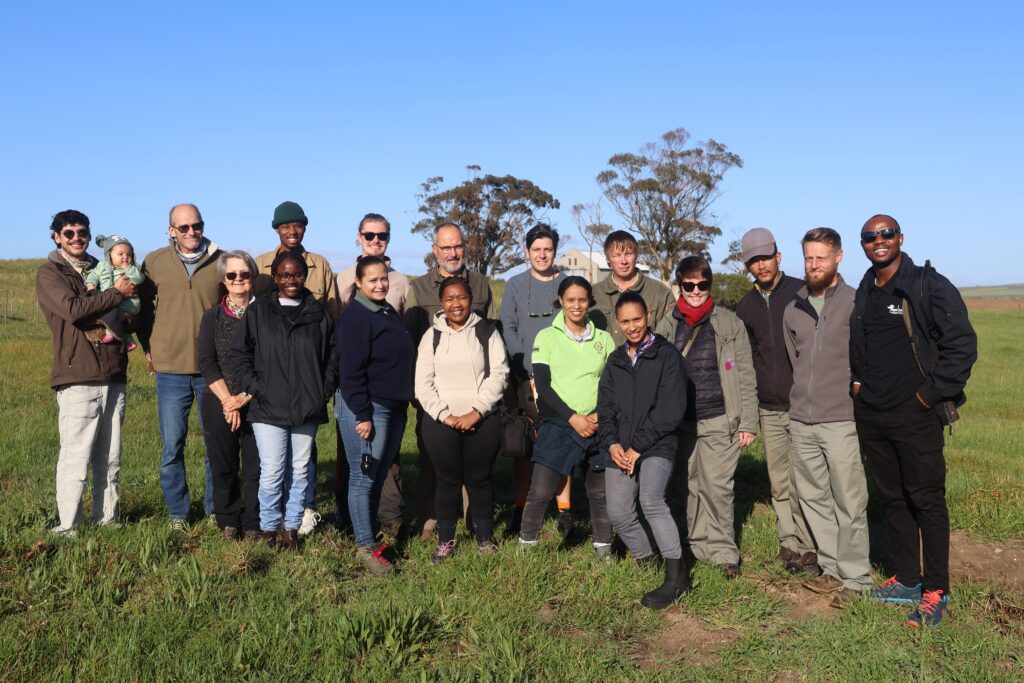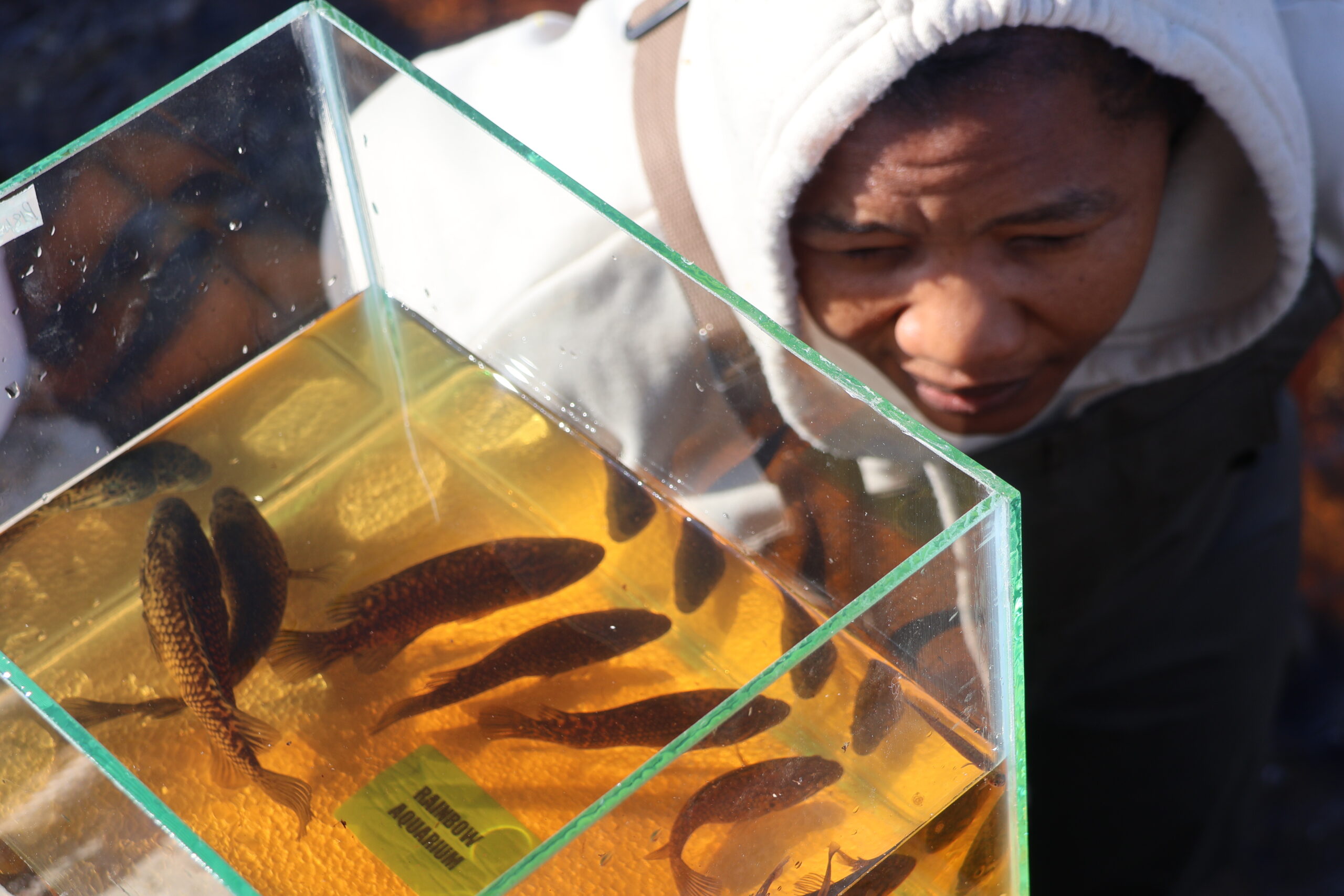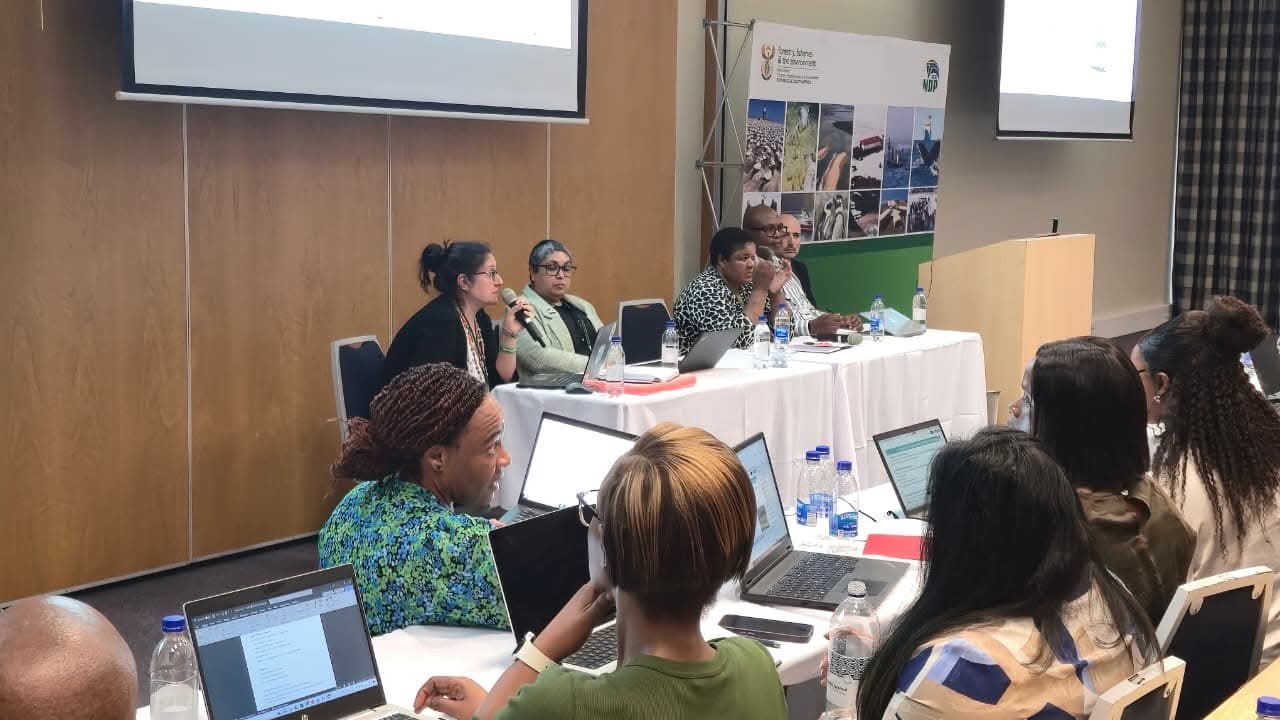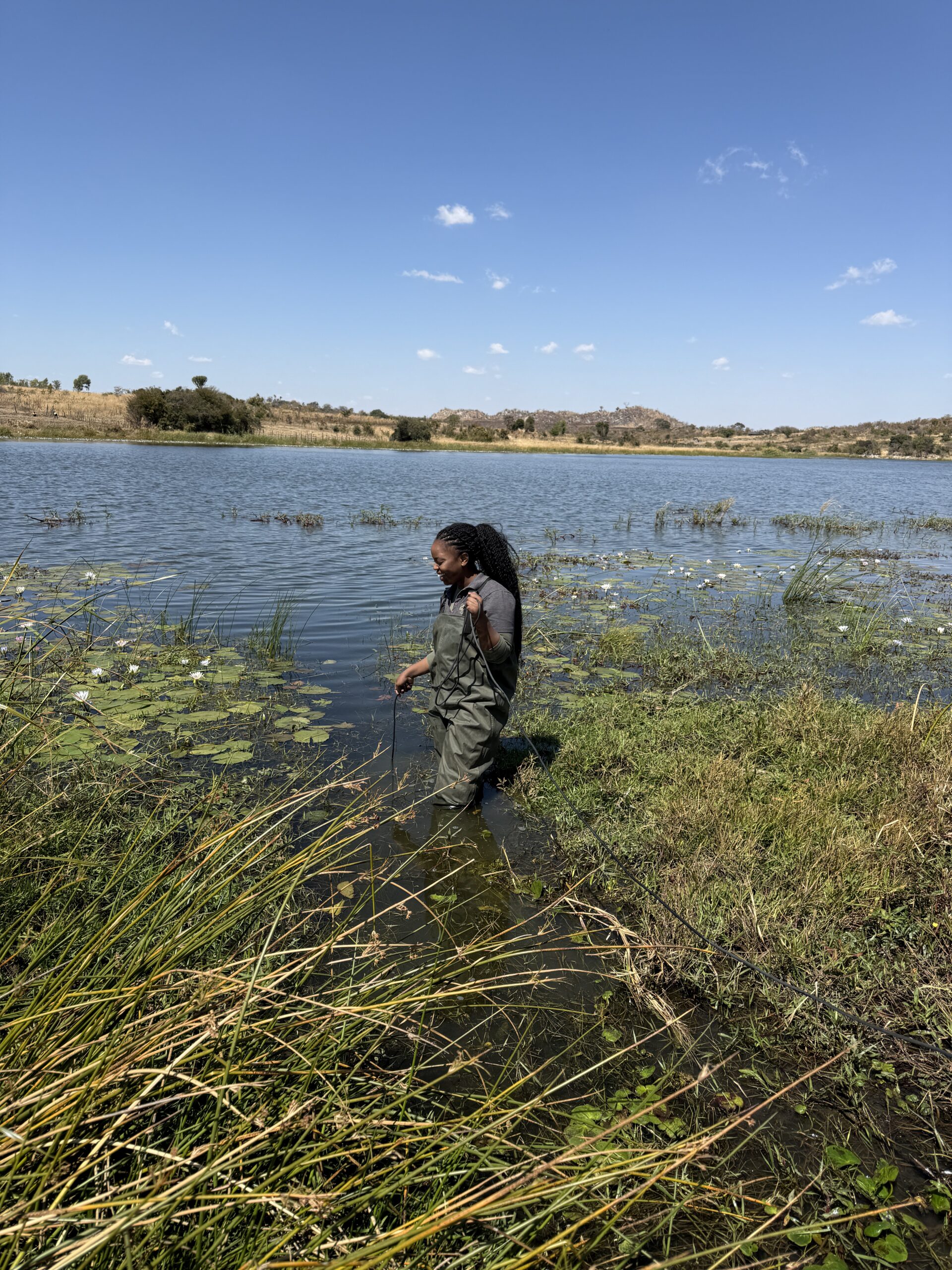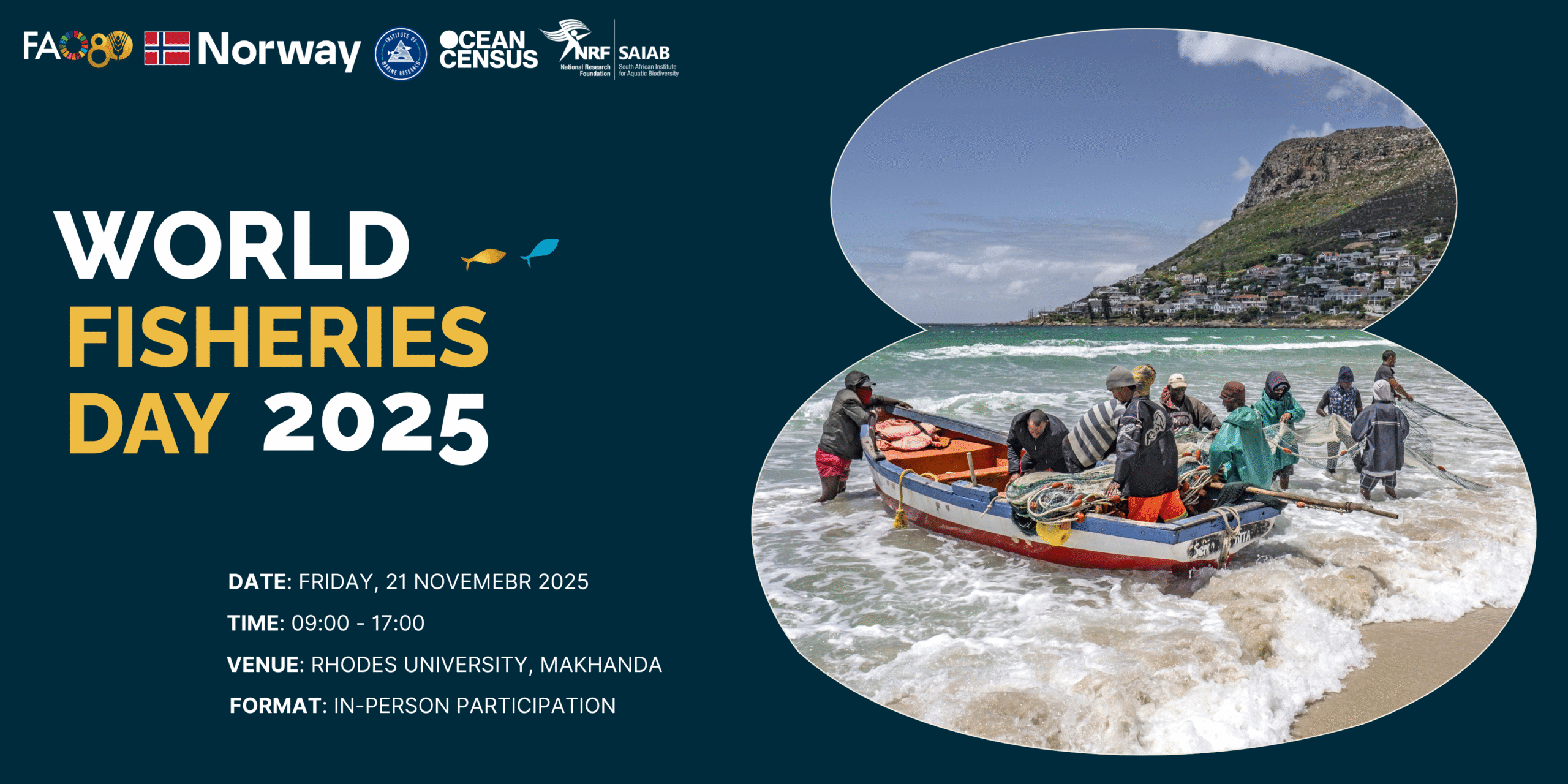The NRF–South African Institute for Aquatic Biodiversity (NRF-SAIAB) and the South African National Biodiversity Institute (SANBI), as co-leads of the NRF FBIP Large Grant REFRESH Project, have marked a significant milestone in the project by participating in its first BioBlitz. The REFRESH Project co-investigators—Albany Museum and Stellenbosch University—along with the Nuwejaars Wetlands Special Management Area (NWSMA) and the Gouritz Cluster Biosphere Reserve (GCBR), took part in the iNaturalist Great Southern BioBlitz.
South Africa, along with other southern hemisphere countries, participates in this initiative. In 2024, the REFRESH Project placed a specific focus on aquatic species. The event brought together scientists, conservationists, and local communities in a collective effort to document biodiversity and generate data to support the conservation of freshwater species and their ecosystems within the Nuwejaars Wetlands Special Management Area in Bredasdorp.
The BioBlitz provided an opportunity for taxon experts to share their skills in collecting and documenting aquatic species with conservationists and volunteers.
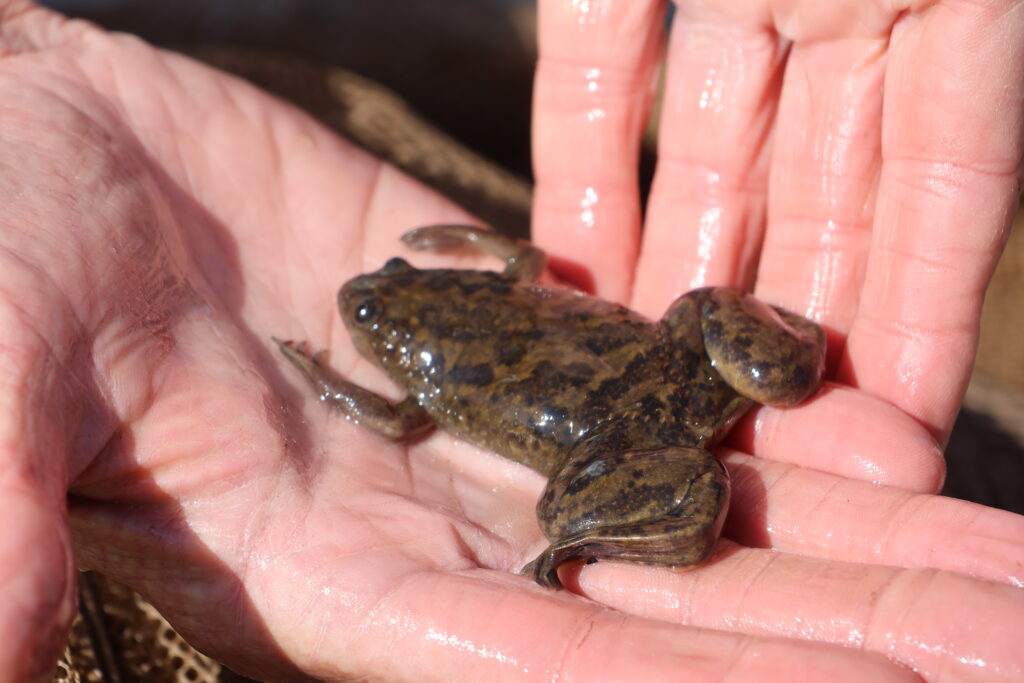
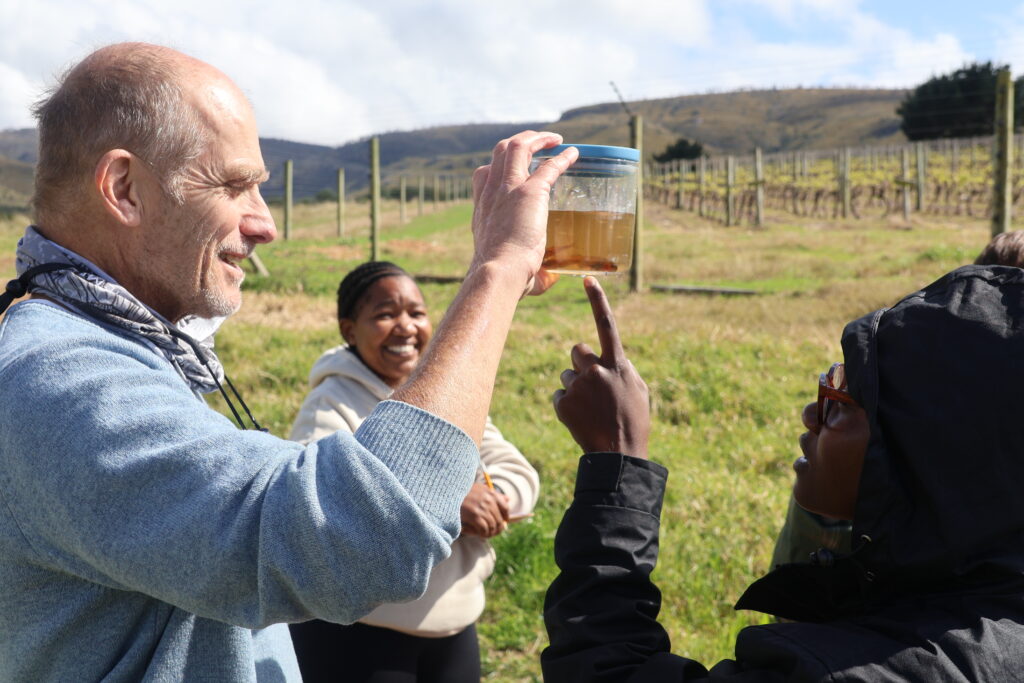
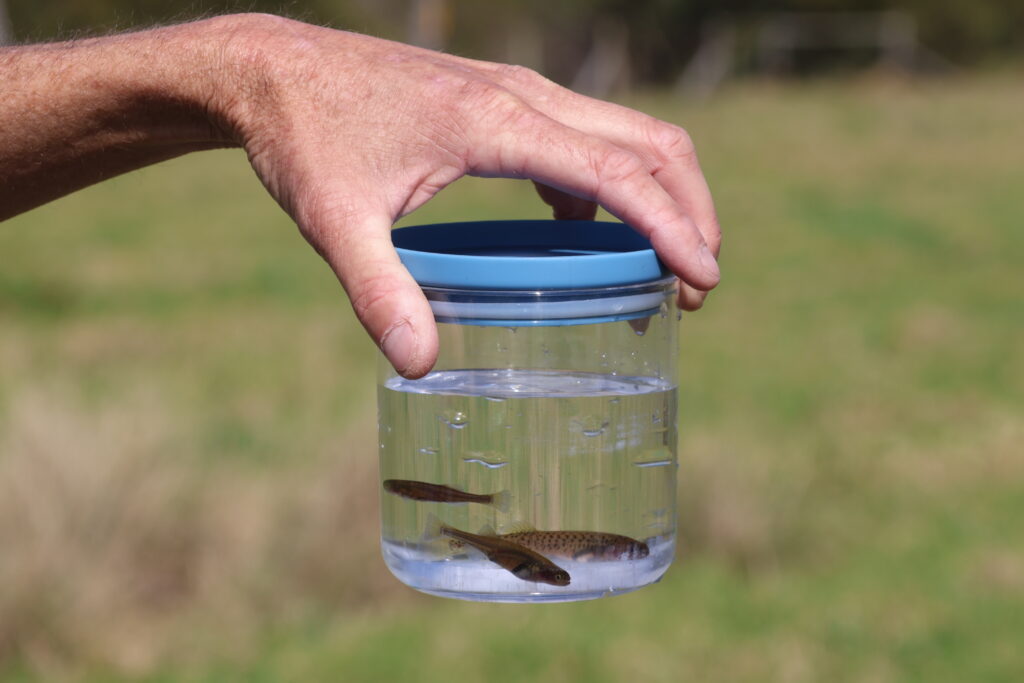
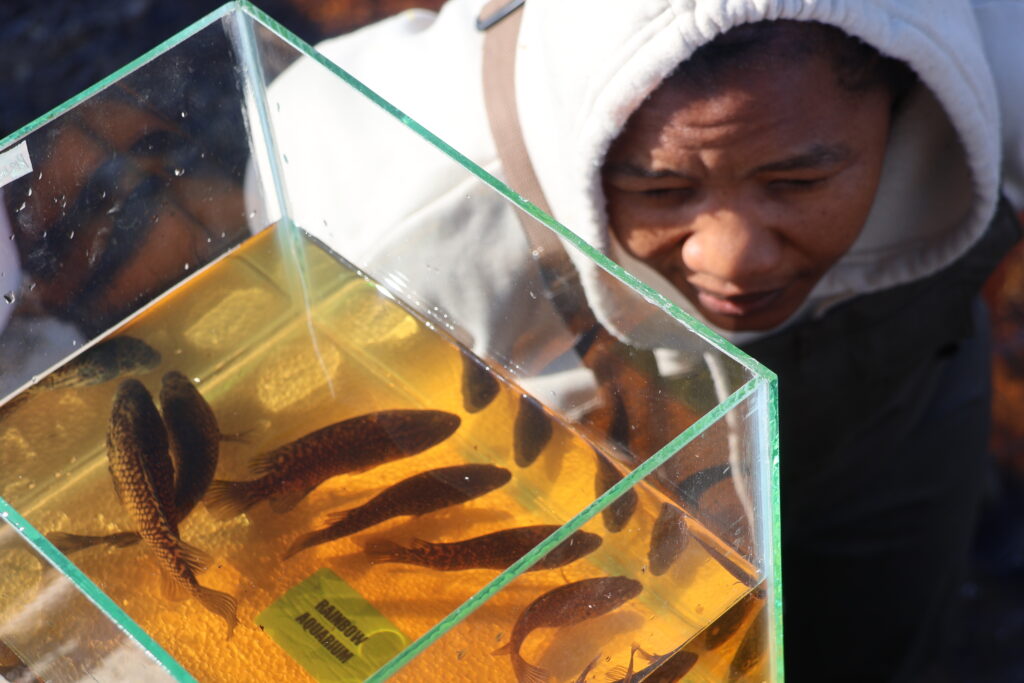
Collaboration and Citizen Science at the Great Southern BioBlitz
One of the goals of the REFRESH BioBlitz was to increase biodiversity observations in underexplored freshwater areas. The Agulhas Plain was identified as an area with a knowledge gap for freshwater invertebrates. This region is home to several threatened vegetation types, such as the Critically Endangered Elim Ferricrete and Overberg Sandstone Fynbos. Additionally, several endemic and critical habitat species are found within this unique landscape.
Dr. Dewidine van der Colff emphasised the importance of the BioBlitz in gathering new species records, particularly for invertebrates. This global citizen science initiative offered an opportunity to engage the public in biodiversity monitoring while collecting valuable data on freshwater species. The BioBlitz brought together nature enthusiasts to document species and raise awareness about the urgent need to protect freshwater ecosystems.
“The BioBlitz was an excellent opportunity to connect with stakeholders, local communities, and citizen scientists,” said Dr. Dewidine van der Colff. “By working together, we were able to gather new species records and highlight the importance of conserving these critical habitats. Networking with various stakeholders helps stretch resources and fosters collaborative thinking toward shared conservation goals.”
One of the key tools used during the event was iNaturalist, a global platform that allows participants to record biodiversity observations in real-time. “iNaturalist has been an incredibly valuable tool for increasing the visibility of species in areas that haven’t been well-sampled. Although images alone may not be enough for some species identifications, experts can use these records to plan future research sites to collect specimens for identification,” Dr. van der Colff explained. “The platform enables experts and citizen scientists alike to contribute to the growing body of knowledge on species distribution, which will inform future research and conservation efforts.”
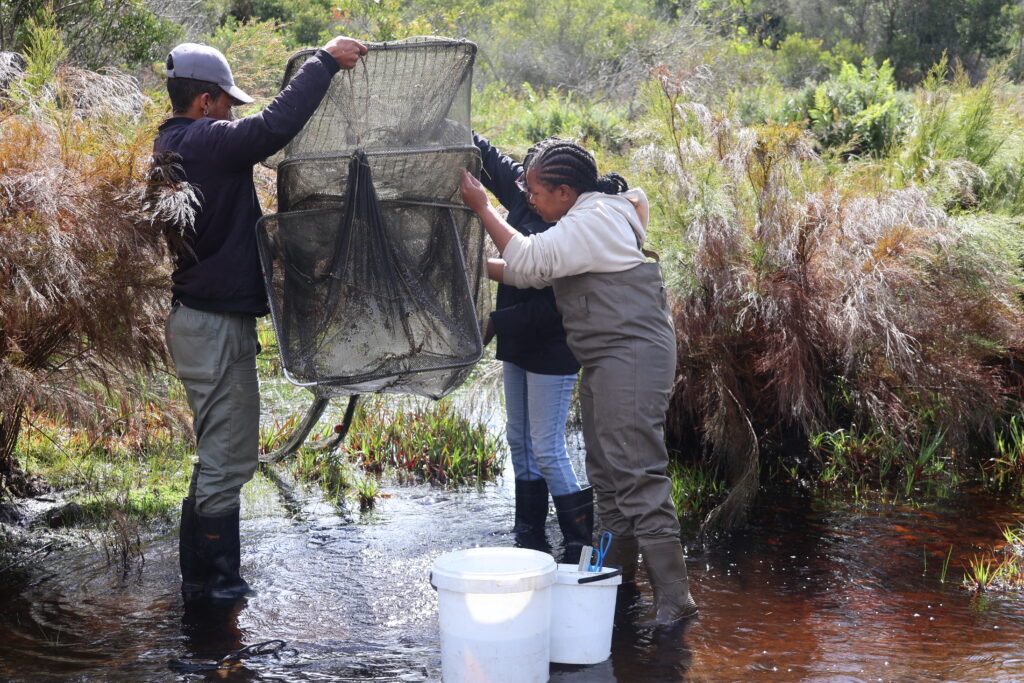
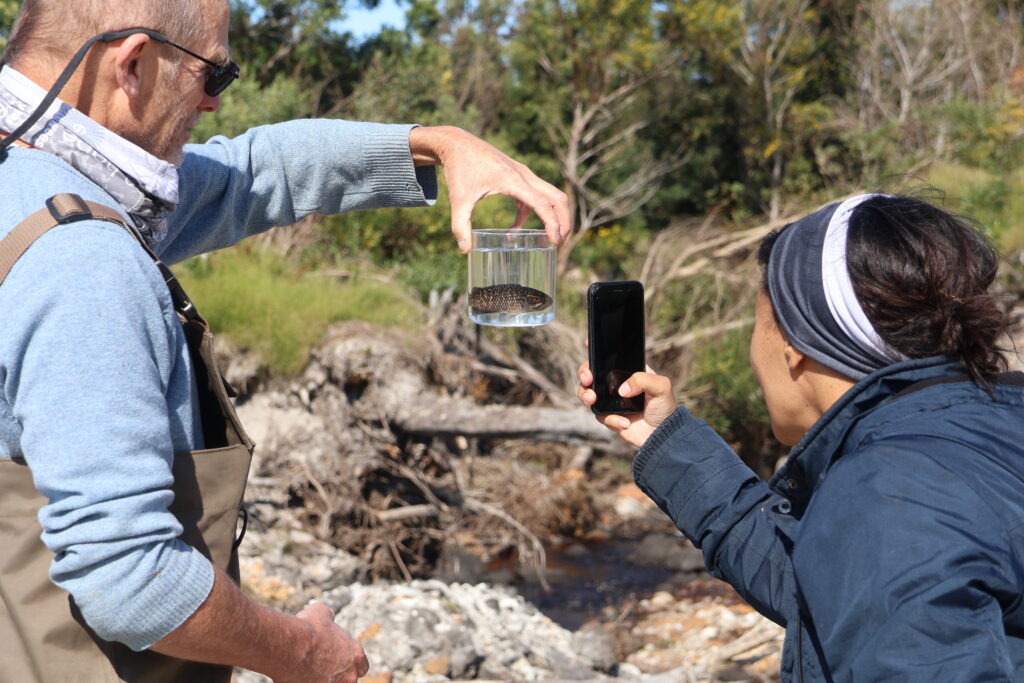
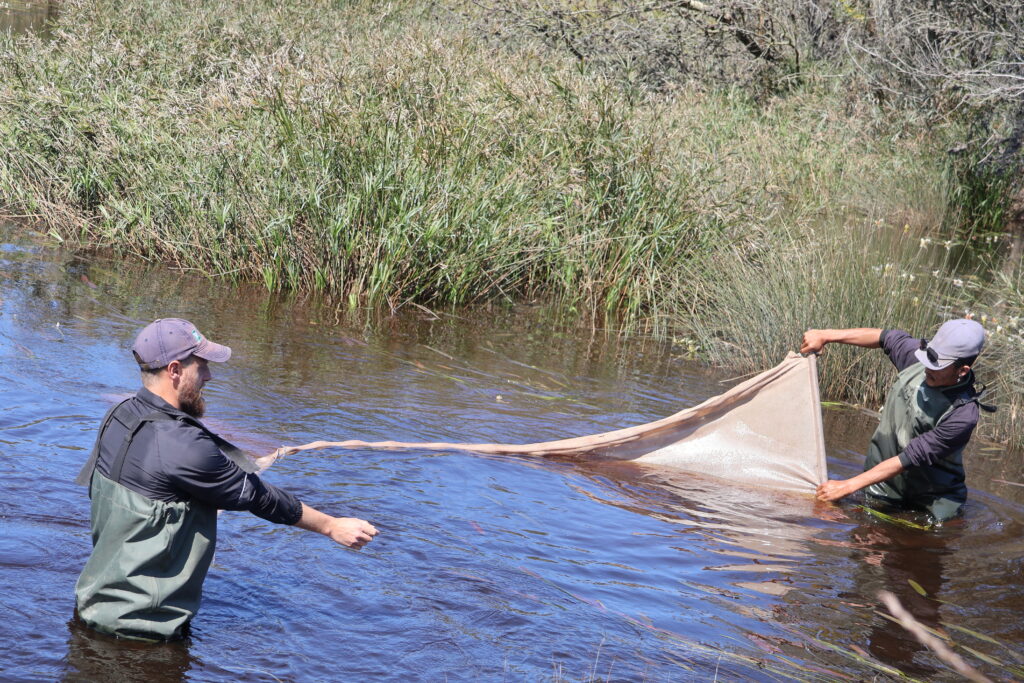
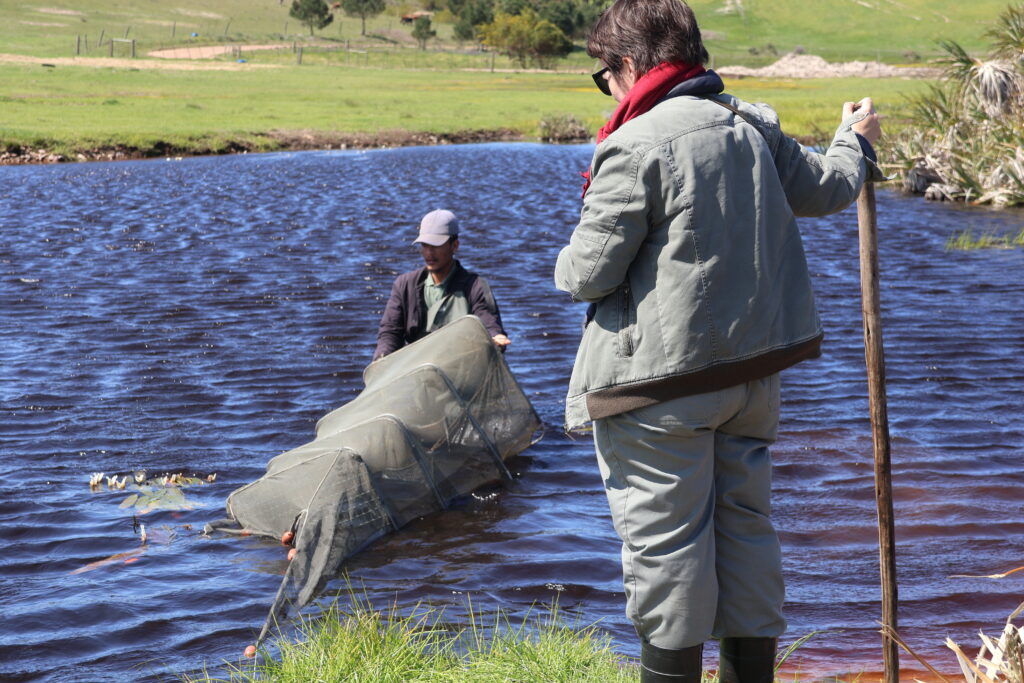
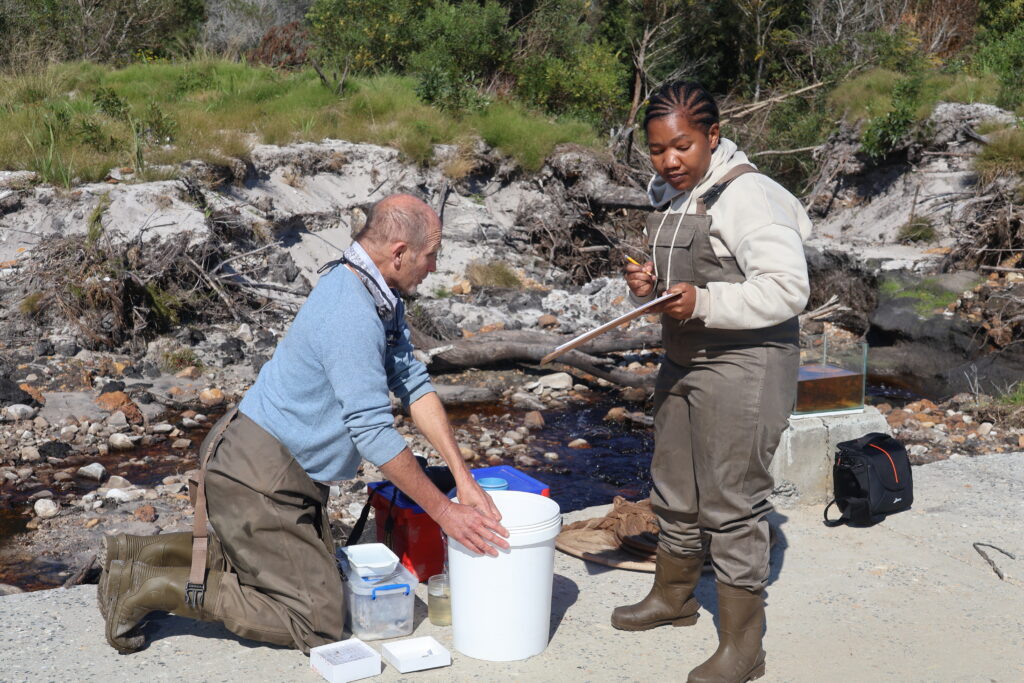
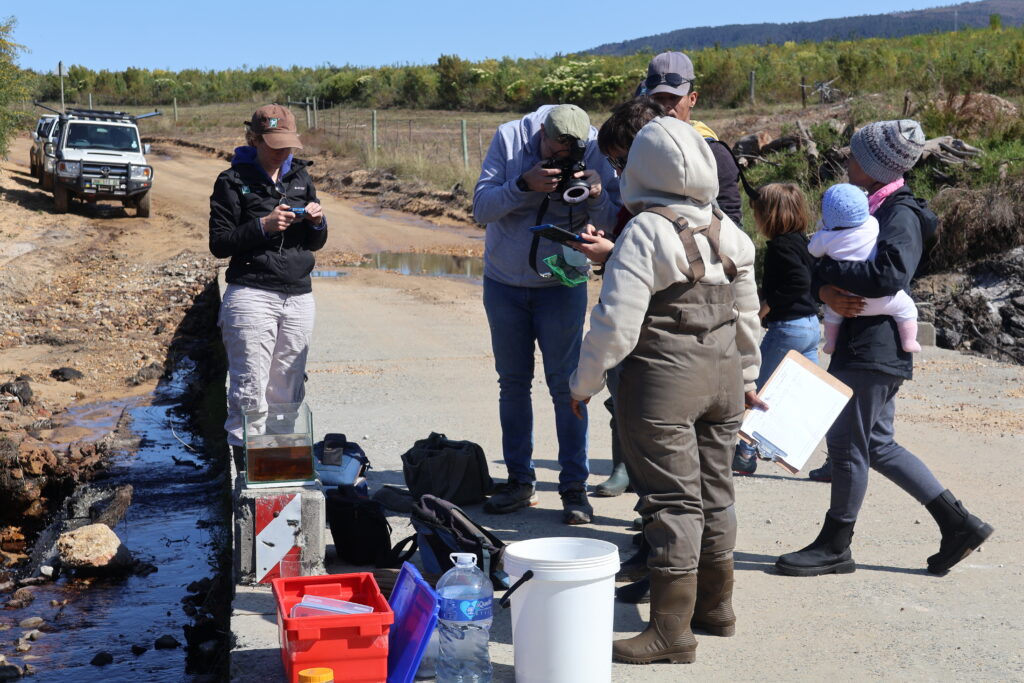
Discoveries and Future Conservation Efforts
The BioBlitz led to some exciting observations, including the sighting of an endangered Heuningnes redfin (Pseudobarbus sp. nov. Heuningnes), a species severely threatened by habitat loss and the introduction of invasive species. “Finding a breeding female Heuningnes redfin was a fantastic discovery,” said Anja Vos, a researcher with the Fynbos Fish Project, at the NWSMA. “It’s a sign that conservation efforts are making a difference, and it gives us hope for the future of this species.” Other notable findings included the endemic Galaxias species and the Cape kurper (Sandalia capensis – Data Deficient) and the possible detection of an invasive snail species Tarebia granifera. “This observation still needs to be confirmed; however, it might be the southernmost observation point for the species. It is currently causing severe impacts in the rivers it has invaded, particularly in the eastern river systems of South Africa. It is listed as a Category 1b invasive species, meaning it must be removed and destroyed. This species has displaced native snail species and modified the habitats it has invaded. This would be an important collection to identify and monitor,” said Dr. Dewidine van der Colff.
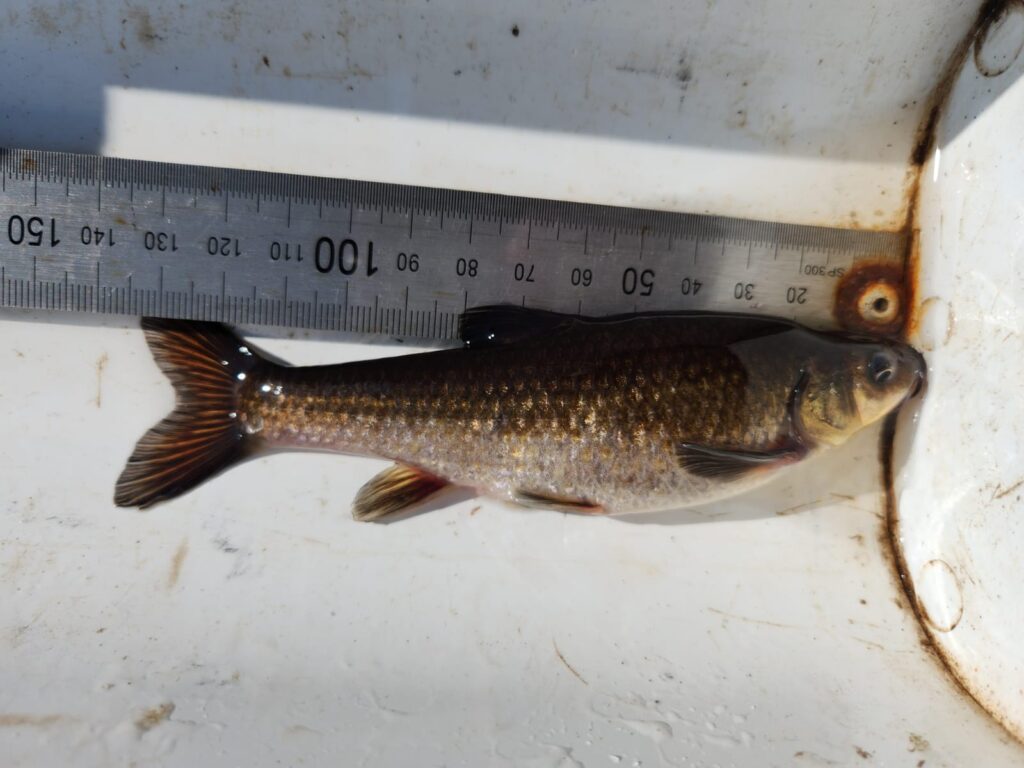
While the BioBlitz provided new insights into biodiversity, it also highlighted pressing environmental concerns. Roger Bills, a Senior Curator at NRF-SAIAB, expressed his worry about the state of the surveyed ecosystems. “Alien invasive plants are eroding riverbanks, and agricultural runoff is polluting the water. These factors are significantly impacting aquatic habitats, making citizen science and public engagement critical for long-term conservation,” he said.
In one instance, a local farmer was thrilled to discover an Endangered redfin in the river flowing throw his property, illustrating the potential of community involvement in conservation efforts. “Getting the public excited about species like the redfin and other indigenous fish is essential for driving conservation at a grassroots level,” Bills added.
The data collected during the BioBlitz will contribute to improving species distribution information and awareness raising about freshwater species. “We’ve gathered a wealth of information over the past two years,” said Dr. van der Colff. “The next step is to analyse the records we’ve collected, assess the status of the species, and determine what conservation measures are needed to protect these species and their ecosystems for future generations.”
Reflecting on the event, Eugene Hahndiek, Conservation Manager for the Nuwejaars Wetlands Special Management Area, expressed optimism about continued collaboration. “We’re always happy to have researchers return. Collaborations like this improve our understanding of species distribution and ecosystem health.”
The BioBlitz was not only a scientific endeavour but also a celebration of partnerships and shared goals. It underscored the importance of preserving South Africa’s freshwater biodiversity and highlighted the vital role citizen scientists play in conserving natural habitats.
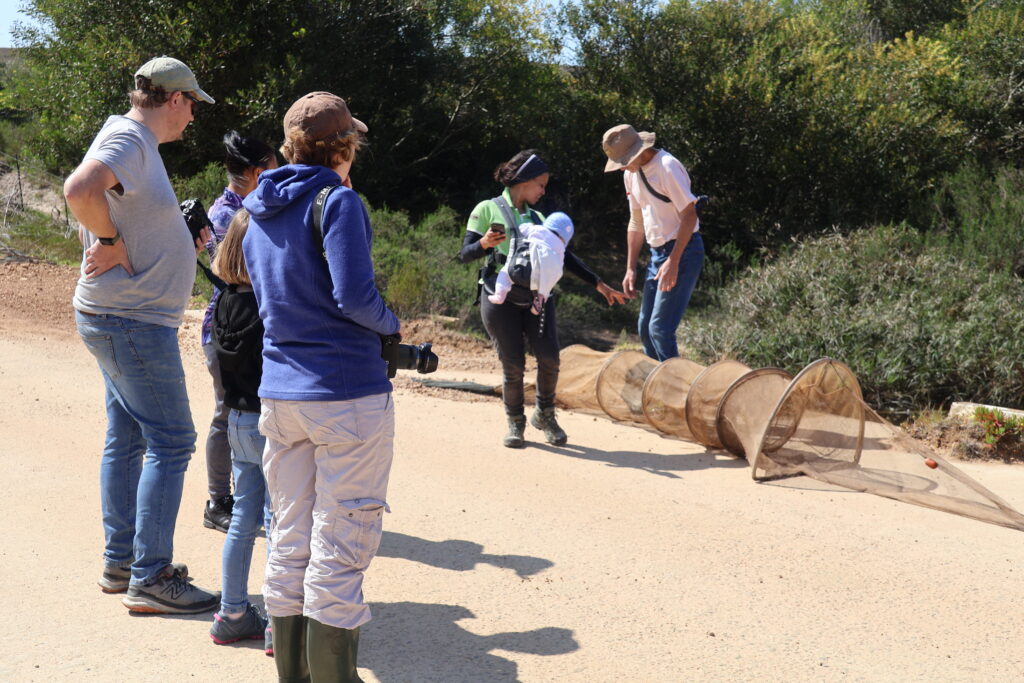
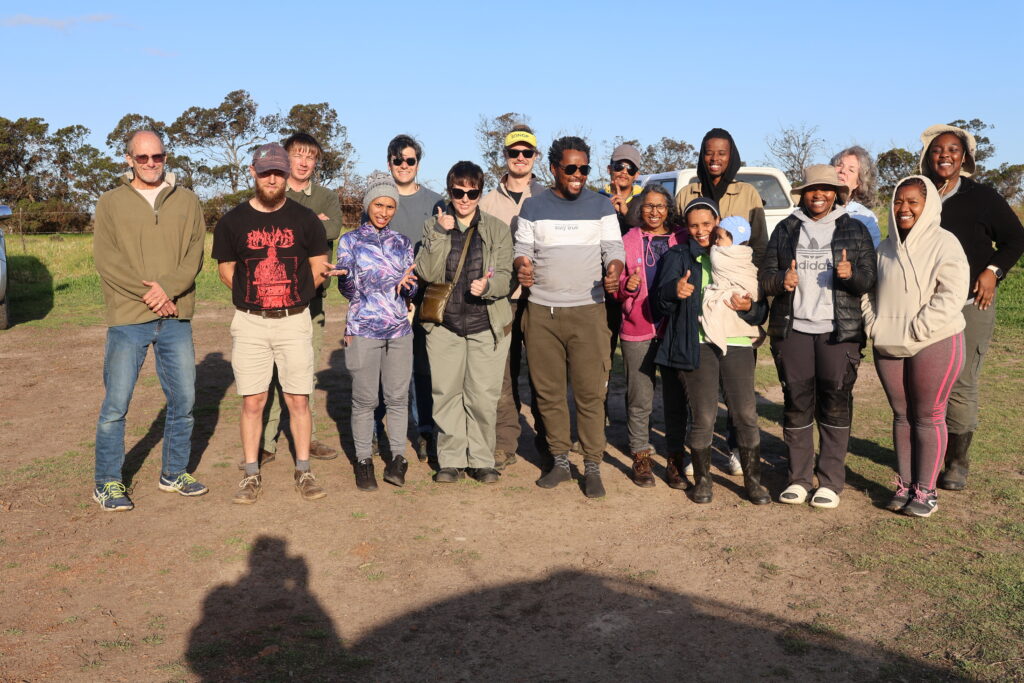
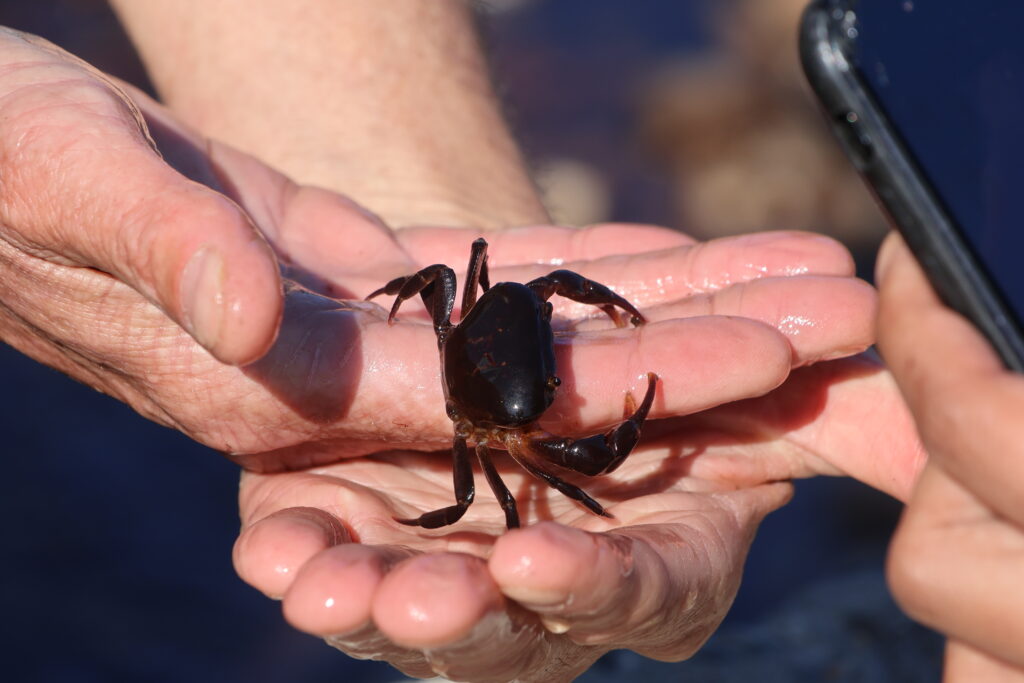
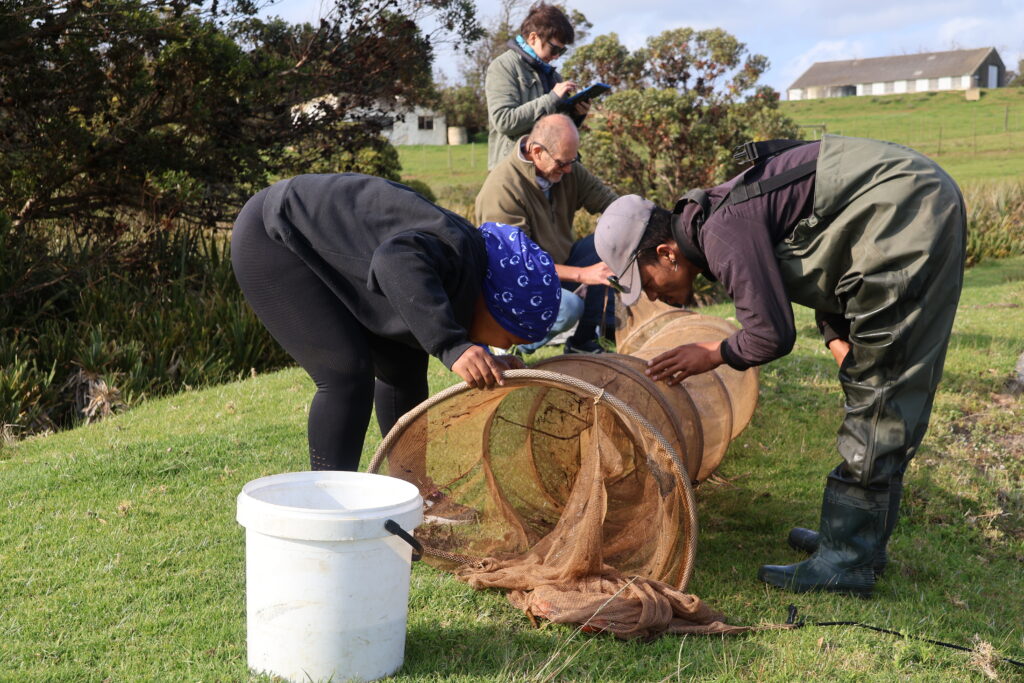
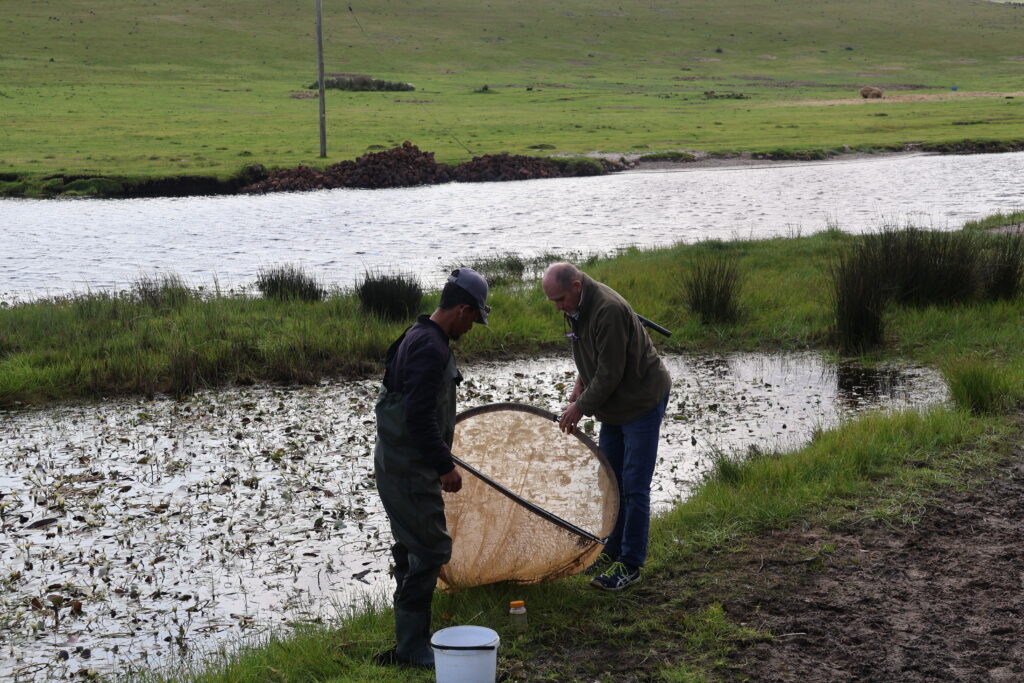
During the BioBlitz, a total of 2,960 observations were submitted to iNaturalist by 14 observers. These included 632 species, with 88% of the observations consisting of terrestrial plants and the rest comprising animal species. Aquatic species made up a small proportion of the overall observations, highlighting that, even with dedicated effort, there remains a bias toward terrestrial species, which are much easier to observe. Some aquatic species require special equipment to be documented, even just for a picture. Furthermore, many aquatic species cannot be identified solely from an image, requiring specimen collection for accurate identification.
The top observer during the BioBlitz was Ms. Helen (Linkie) Pickering, a long-time volunteer with the Custodians of Rare and Endangered Wildflowers (CREW). A well-trained citizen scientist with a keen eye for all fauna and flora, she recorded a total of 791 observations over three days.
A Lasting Legacy for Freshwater Conservation
The data generated will contribute to national conservation strategies, inform policy development, and support ongoing efforts to protect South Africa’s freshwater biodiversity. The success of the Great Southern BioBlitz, with its emphasis on collaboration and citizen science, highlights the importance of engaging the public in biodiversity conservation.
Reflecting on the progress of the REFRESH Project, Prof. Albert Chakona noted, “We’ve made significant strides in addressing knowledge gaps and building the foundation for future conservation efforts. But our work is far from over. The data we’ve collected will ensure that freshwater ecosystems remain a priority for conservation and that we continue to protect these vital habitats for years to come.”
In conclusion, the BioBlitz contributed interesting observations for the target area, but most importantly, the new networks and collaborations established will bear fruit beyond the lifespan of the REFRESH Project. Through collaboration, capacity building, and citizen engagement, NRF-SAIAB, SANBI and its partners have set the stage for a future where freshwater ecosystems can thrive despite the growing pressures they face.
